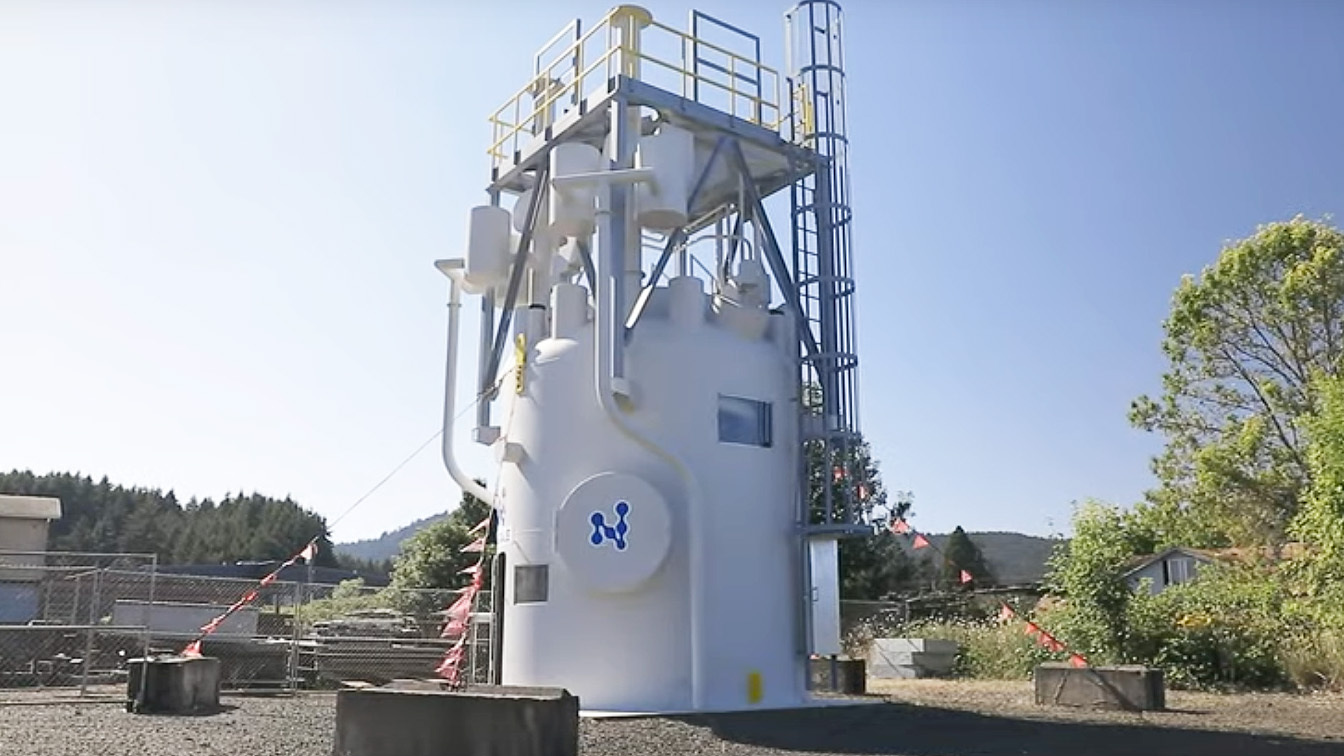Forty-five years ago this month, a nuclear reactor at the Three Mile Island electric power generating station in central Pennsylvania experienced a partial nuclear meltdown.
It is the worst accident involving nuclear power generation in American history.
On the International Nuclear Event Scale (INES), it is rated as a Level 5 event — an “Accident with Wider Consequences”.
One of those wider consequences was a dramatic and long-lasting shift on the public perception on the safety and feasibility of nuclear power plants, even with post TMI design and operating improvements for new nuclear power plants.
Despite those improvements, some concluded that accident and how it was mismanaged marked the beginning of the end of nuclear power as a source for electric power in America.Ultimately, the accident did not result in the demise of the U.S. nuclear power industry, but it did halt its historic growth.
Fast forward to today.
Unexpected and extraordinary increases in electric bills are a huge issue throughout Maryland.
They are generating extensive media coverage and massive statewide public outrage greater than the proposals to increase taxes and cut spending in order to balance the state budget.
Former U.S Senator Everett Dirksen once said: ‘When I feel the heat I see the light.”
Presently, the heat is being felt by elected public officials, including legislators in Annapolis.
Based on that heat they are increasingly open to a wide range electrical generating options that could result in lower electric bills.
One option was succinctly captured in a recent headline for a Capital News Service article –
Craving more energy, Maryland looks to nuclear power.
That “craving” has led to a four-bill package of legislation introduced by the Democratic leadership of the in the General Assembly at the request of Governor Moore.
One of the bills proposes a procurement framework to support the development of both traditional nuclear power plants and small modular reactors (SMRs) in the state.
If and when that occurs, any new reactors would join the Calvert Cliffs plant in Calvert County, Maryland’s only traditional nuclear power plant.
Owned and operated by Baltimore-based Constellation Energy since it became operational in 1975, Calvert Cliffs is the largest nuclear power plant on the East Coast. It generates about 40% of all electric power used in Maryland an amount equal to another 40% that is generated and imported from outside of Maryland.
Support for increased use of nuclear power in Maryland is not universal.
Jorge Aguilar, a regional director at Food and Water Watch, a national environmental advocacy organization, has said, “Maryland should be alarmed that state leaders want to build out these astronomically expensive and dangerous nuclear plants in Maryland to meet the state’s energy needs. These plants would be expensive to build and produce hazardous nuclear waste. Maryland should be pushing the grid operator to approve renewable energy projects faster. I think Maryland leaders really need to double down on truly clean energy, like wind and solar, as well as batteries. Not nuclear.”
That message will resonate with many of the progressive members in the General Assembly but will not with the small but vocal Freedom Caucus in the state House.
That caucus is suggesting the following changes in Maryland’s energy: reopen closed and keep currently open coal-fired power plants scheduled to close, stop “EmPOWER Maryland” fees on electric bills, repeal or revise the state law that requires higher margins of clean energy to be used statewide and reduce spending $180-million dollars on a state climate department.
While this approach of the Freedom Caucus may be helpful in increasing public awareness of the caucus and its proposed energy agenda, it will not move the needle with the Governor or the steadily increasing numbers and power of progressive legislators in Annapolis.
Regardless of the levels of support or opposition to more nuclear power, there are two realities that will determine its impact on higher electric bills for now and in the future.
The first reality is the 90-day General Assembly session ends on April 7, 2025.
Between now and then, the Governor and General Assembly leaders will be fully engaged in efforts to secure consensus and a majority of votes on a balanced state budget.
The second reality is, even when new policies on approving and encouraging greater use of nuclear power, the schedule for building and opening new nuclear power plants is a long one.
The period from proposal, approval, building, and opening can range from six years to twelve years. Construction time alone for the Calvert Cliffs plant was seven years.
Accordingly, nuclear power will not provide immediate or short-term in lower electric bills.
What is urgently needed is the Governor and General Assembly leadership to agree on all the underlying causes of higher electric bills and then pursue short term and long-term solutions.
On the question of more nuclear power plants in Maryland, the answer is — probably yes, but not a given, and most certainly, not soon.
David Reel is a public affairs and public relations consultant in Easton.



Write a Letter to the Editor on this Article
We encourage readers to offer their point of view on this article by submitting the following form. Editing is sometimes necessary and is done at the discretion of the editorial staff.